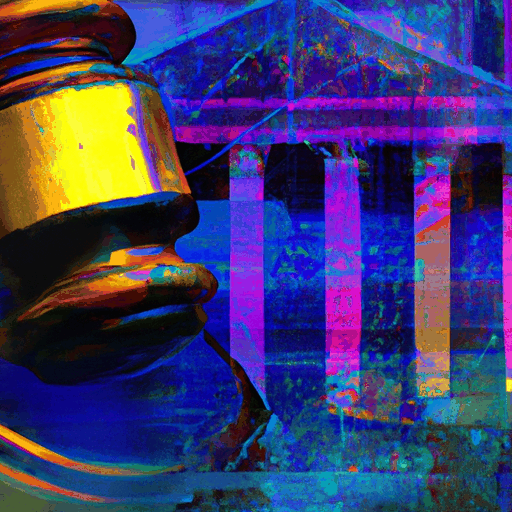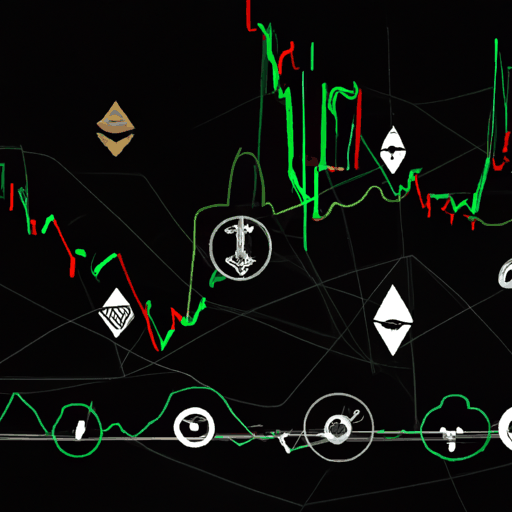
Trump Signs Bipartisan Act Criminalizing AI Deepfake Exploitation
By: Eva Baxter
On May 19, President Donald Trump signed into law a groundbreaking bill that targets the proliferation of nonconsensual AI-generated explicit content, commonly known as deepfakes. This legislative move marks an essential step in addressing the pressing issue of online exploitation through technologically manipulated media. The legislation, referred to as the TAKE IT DOWN Act, stands for Tools to Address Known Exploitation by Immobilizing Technological Deepfakes on Websites and Networks. Backed by First Lady Melania Trump, the act not only criminalizes the publishing of nonconsensual intimate images, including deepfakes, but also mandates swift action by websites to remove such content within 48 hours of notification.
The TAKE IT DOWN Act was introduced as a response to the growing concern over the misuse of artificial intelligence to create realistic yet fake videos and images that can harm individuals' reputations, invade privacy, and contribute to a toxic online environment. The bill has gained bipartisan support, reflecting the urgency and seriousness with which lawmakers are approaching the issue of deepfake abuse. In particular, it underscores the need to hold tech companies accountable, pressing them to implement stringent measures to identify and remove fraudulent content promptly.
At the core of this legislation is a decisive effort to protect both minors and adults from digital harassment and defamation. By making it a federal crime to publish or threaten to publish nonconsensual intimate materials, the act stipulates severe penalties that range from fines to significant prison terms. Notably, this law demands technology companies to cooperate with authorities and victims swiftly, ensuring that harmful content is tackled before further damage is inflicted. For additional details on the TAKE IT DOWN Act, you can refer to official government publications.



